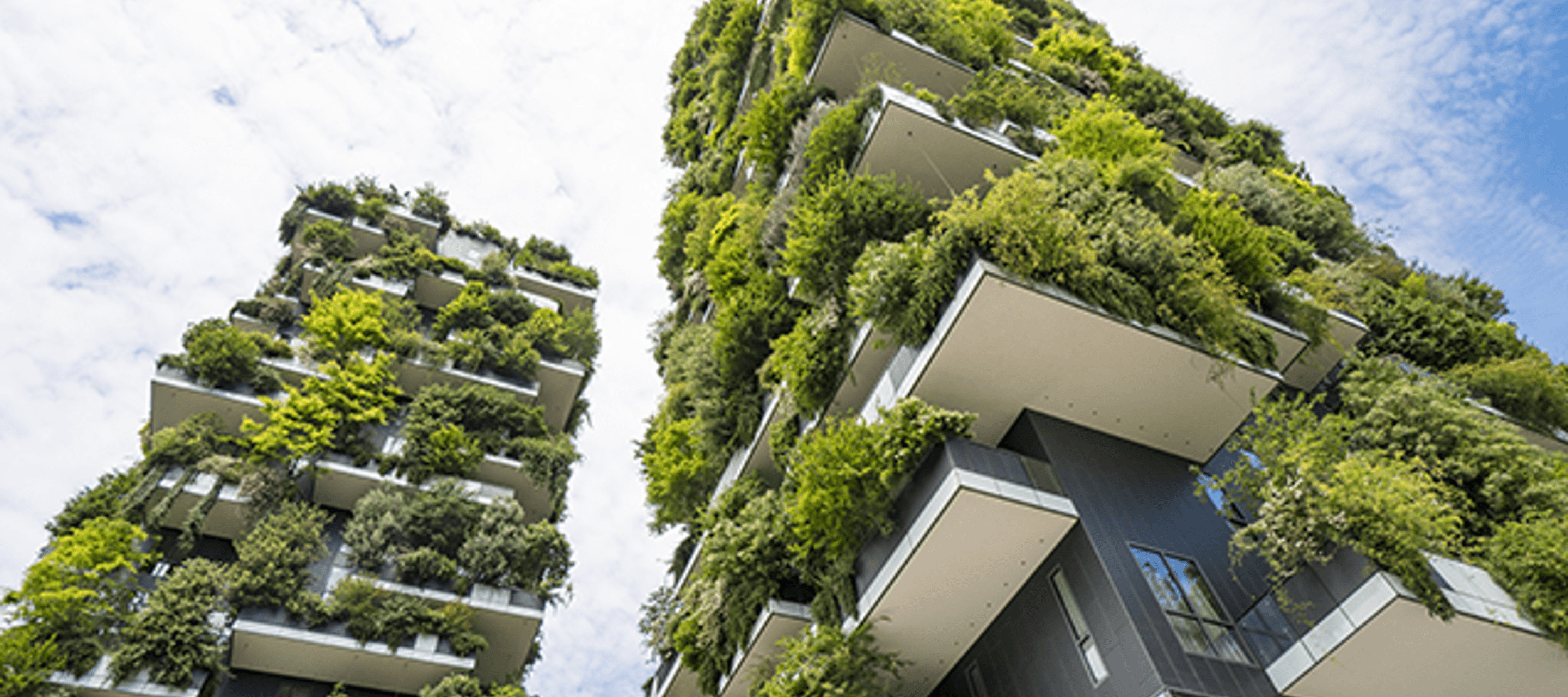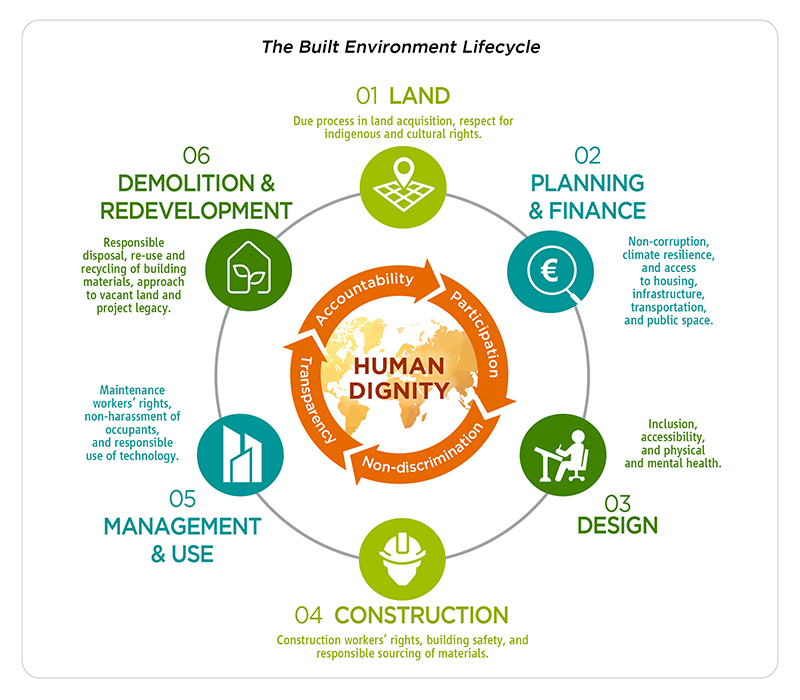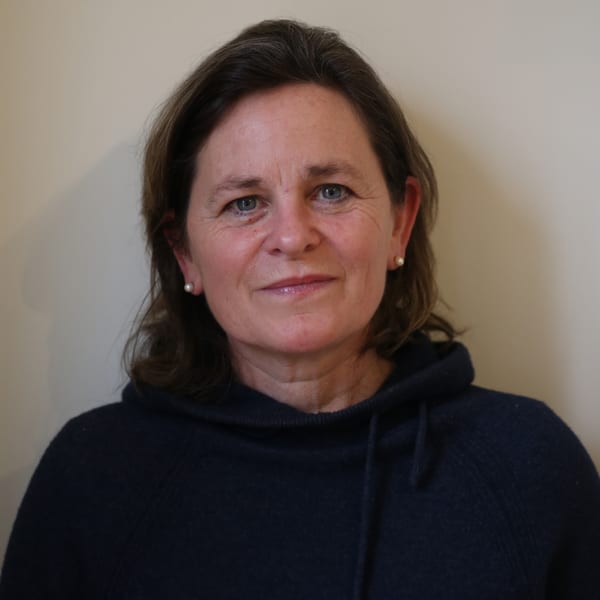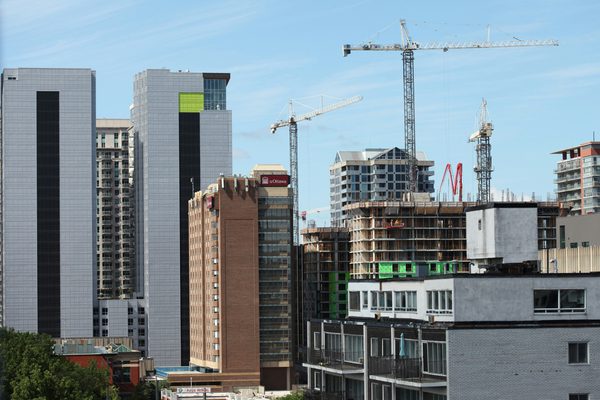Linking Climate and Human Rights Throughout the Built Environment Lifecycle
14 February 2020

Decisions about what we build, and how, define our future. And we are on a trajectory for explosive growth. Global building stocks are projected to double by 2060. By then, 70% of the world’s population will be city-based.
This comes at a time when we are just 100 seconds to midnight on the doomsday clock, the closest we’ve been since the clock was first set in 1947 and affirming the climate crisis as one of humanity’s greatest existential risks. Buildings are a key culprit in the crisis, currently accounting for almost 40% of global carbon emissions through their construction and use.
Green Building is Booming
Given society’s struggle to keep our global temperature rise to 1.5 degrees, it’s no wonder the building industry is doubling down on efforts to drastically cut emissions contributions. At the end of 2019 the World Green Business Council set a challenge for buildings and infrastructure to reach 40% less embodied carbon emissions by 2030 and 100% net zero emissions buildings by 2050. Last year, New York City passed the world’s strongest city-level legislation on reducing emissions from buildings. And a small initiative to de-carbon a few buildings in Mexico City in 2015 has since snowballed to over 800 today.
To succeed, people must be at the heart of these reform efforts. As President Obama pointed out at a recent mega-expo for green building professionals, the urgent and existential threat of the climate crisis cannot be successfully addressed without rethinking how we construct a global economy that doesn’t continually accelerate inequality.
Indeed, as construction booms, there’s an urgent need for collaborative action throughout the built environment on human dignity and rights - ensuring access to housing for all, decent working conditions, and social inclusion.
The Framework will help Investors manage social risks and channel investment into sustainable projects that meet locally-defined needs
A Weak ‘S’ in ESG
Since 2019, IHRB has been reviewing the state of play across the built environment lifecycle from a human rights perspective: from land-use and finance, through to design, construction and use, through to re-development.
The Rana Plaza factory collapse in Bangladesh and Grenfell Fire in London brought into stark relief the human tragedy that results from cost-cutting and a lack of accountability in the construction industries. The Odebrecht Scandal demonstrated the dramatic political and social ripple-effects of unchecked corruption. Meanwhile globally, almost a billion people live in informal settlements, while multiple cities face a growing housing affordability crisis.
What has come through plainly is that uptake and implementation of environment, social, and governance (ESG) measures across the ecosystem is unbalanced. The ‘G’ pillar is long-standing and more self-evident, while the ‘E’ pillar is elevated, with a plethora of targets on emissions, efficiency, water use and waste – and rapidly growing (necessarily) attention on climate action. The “S” pillar meanwhile needs strengthening, both in terms of intent and implementation. The conceptual coherence and substantive standards of human rights are largely missing – precisely the materials needed to construct solid and sustainable foundations for any building project.
The Framework will help Governments establish the regulatory and planning context for just, thriving urban areas.
From Recognition to Action
In our recent consultations we have heard repeatedly of the need for a clear framework for action to fully integrate respect for human rights and dignity throughout the built environment sectors – including the cross-cutting human rights principles of participation, transparency, accountability, non-discrimination.
As a first step, IHRB and its partners at the Rafto Foundation, Australian Human Rights Institute, and Raoul Wallenberg Institute have developed the Dignity by Design Framework for Action. The fundamental assertion being that by putting people – workers, local communities, and end-users – at the heart of built environment decision-making, we can shift investment into built environments that enable everyone to thrive.

Following the six-stages of the built environment lifecycle, the framework will help:
- Investors manage social risks and channel investment into sustainable projects that meet locally-defined needs
- Governments establish the regulatory and planning context for just, thriving urban areas
- Communities shape decisions that impact their lives and neighborhoods
- Architects and engineers respect dignity and human rights through their operations and supply chains.
No actor operates in a vacuum. The framework seeks to break down silos, harness leverage and create space for collaboration: from project-level to policy, from industry standards to innovation.
The Framework will help Communities shape decisions that impact their lives and neighborhoods.
Next Steps
IHRB and partners are consulting widely on the Framework and developing expanded content to include: guiding questions to prompt decision-making, examples of good and bad practices, and innovation for scaling.
The Framework will be officially launched in September 2020.
Leadership will be essential. We will engage community and corporate leaders from across each stage of the built environment lifecycle to establish a coalition willing to collaborate, share, and advocate for uptake of the Dignity by Design approach throughout the built environment ecosystem.
In parallel, we will be learning by doing. We will pilot “living case studies” – partnering with projects in real-time to apply the Framework at various stages of the lifecycle – to bolster its adaptability based on local needs and ground-level contexts. We will be working to bring this to life in an open source way, so that innovative approaches, real success stories, and cautionary tales are given a platform.
We hope you’ll engage with us in expanding this work, whether as a practitioner willing to pilot the approach, an amplifier that can help us disseminate the tools, or stakeholder willing to share with us your time, perspective, and expertise in order to challenge assumptions and improve the Framework. Please, get in touch.
The Framework will help architects and engineers respect dignity and human rights through their operations and supply chains.




